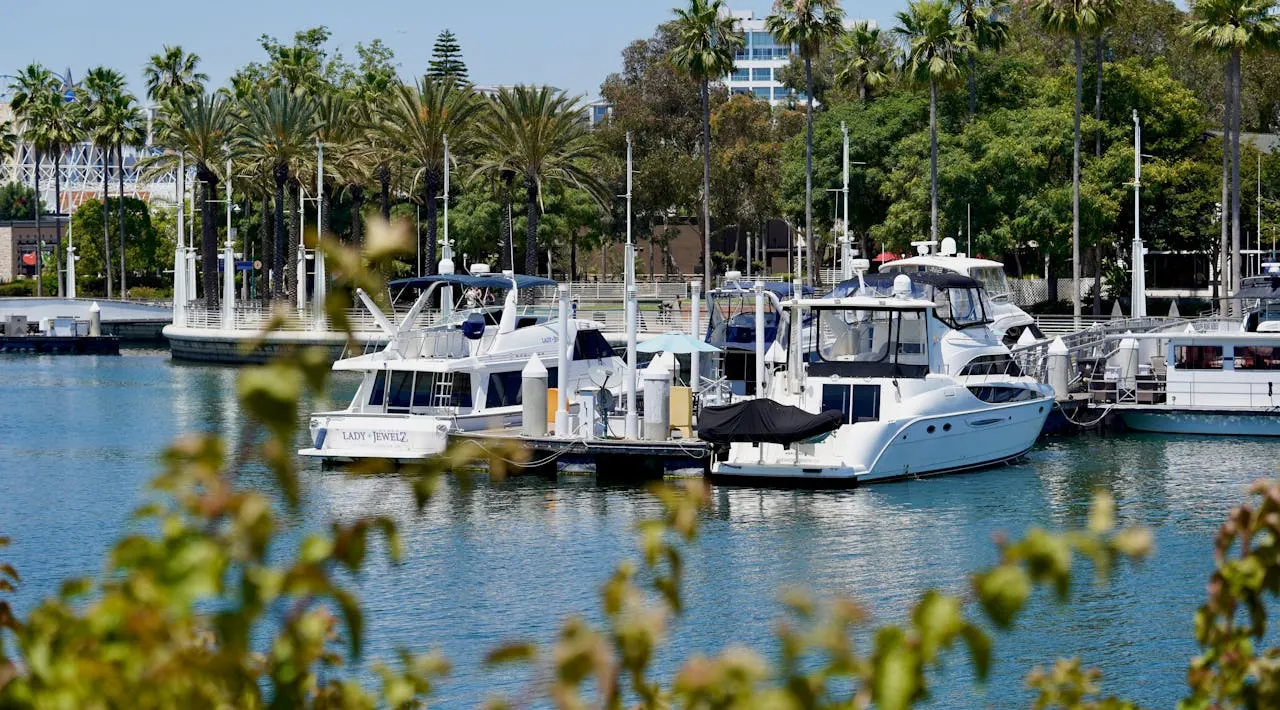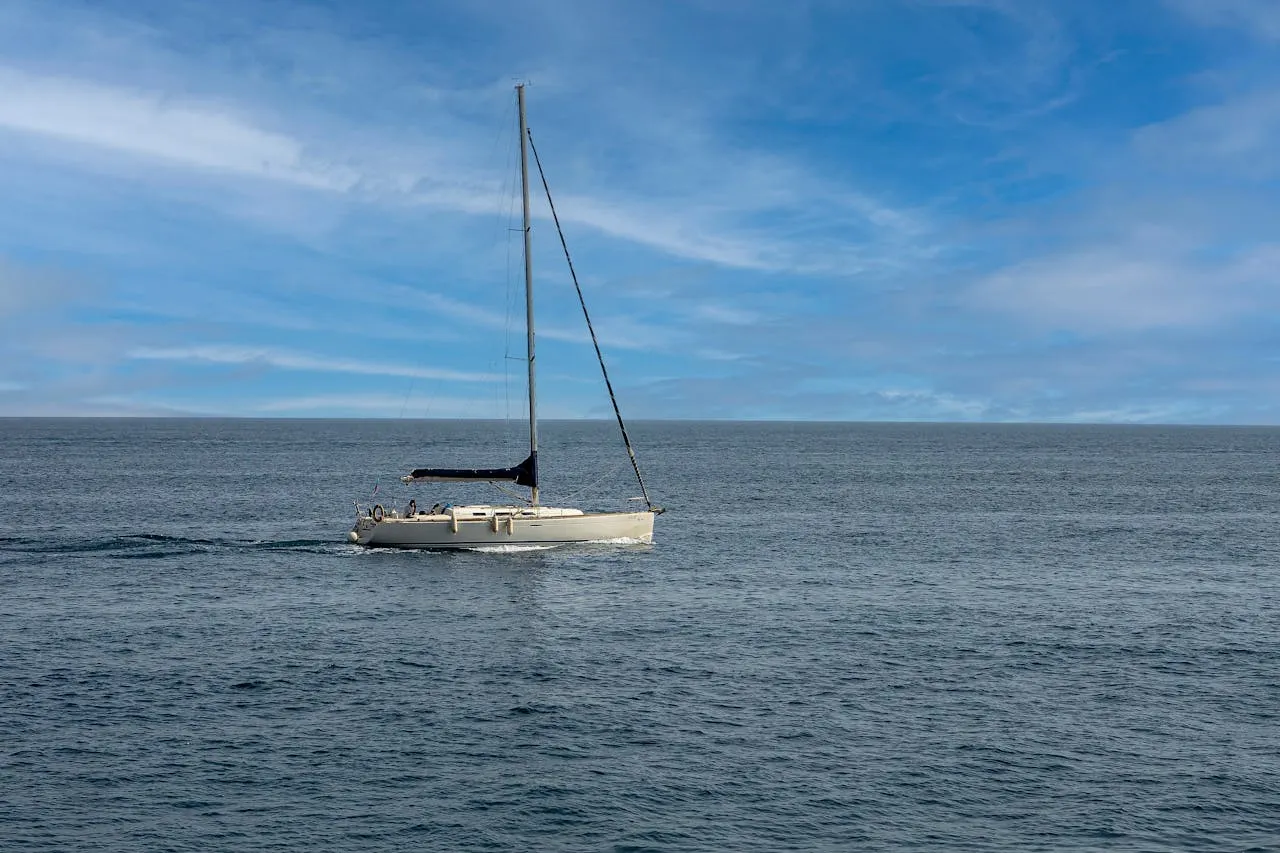Login
I Have Read And Agree To The
Login
I Have Read And Agree To The
Register
I Have Read And Agree To The
Change Password
Welcome to Yachttrading.com!

Congratulations on changing your password successfully!

Congratulations on changing your password successfully!
Yacht, as a kind of marine transport equipped with independent power system and specific hull structure, mainly serves in the field of leisure and entertainment. It can meet the diversified needs of different boat owners, and also covers water sports and commercial use. Nowadays, there is a wide range of yachts on the market, each with its own characteristics, adapting to different usage scenarios and preferences. In this article, Yachttrading will introduce in detail what types of yachts there are.

One of the most notable classifications of yachts is based on the power system, which is mainly categorised into power yachts and sail yachts.
Power yachts rely on engines for propulsion and there are several common types:
Cruising power yachts: these yachts are sold on luxury and comfort, and are spacious, suitable for owners who are looking for a high quality of life, focusing on the life experience rather than speed.
Open yachts: these are mostly custom-designed, equipped with powerful engines and advanced navigation aids, as well as highly user-friendly seating and cockpit design to ensure comfort and safety.
Sport fishing yachts: designed for fishing enthusiasts, the hull design focuses on stability, with a high bow to withstand waves, making them ideal for offshore fishing activities.
Sailing yachts, on the other hand, mainly rely on the power of the sail to sail, and are available in a wide variety of models:
Recreational sailboats: designed to be a comfortable ride and suitable for recreation and relaxation.
Power Sailboats: Combining small sails and engines, they balance speed and comfort, and are suitable for a wide range of sailing needs.
Cruising sailboats: ideal for long sea voyages, with ample storage space and greater volume.
Multihulls: with two or three hulls, excellent stability and a spacious and comfortable living environment, they are favoured by long-distance sailors.
The size of a yacht has a direct impact on its functions and usage scenarios, and is divided into:
Yachts: length between 10 metres and 24 metres, belonging to small yachts, flexible and convenient.
Large yachts: length range of 24 metres to 40 metres, more spacious, more abundant configuration.
Superyachts: length between 40 metres and 60 metres, representing the standard of high-end yachts, with both luxury and performance.
Mega yachts: the largest in size, with a length of more than 60 metres, symbolising top luxury and ultimate enjoyment.
The safety of a yacht is often measured by its resistance to wind and waves, a criterion that determines the type of sea in which the yacht is seaworthy:
Class A yachts: designed for ocean voyages, able to withstand winds of up to 80 km/h and waves of up to 4 metres high, suitable for extended periods of sailing away from the shore.
Class B yachts are suitable for offshore activities, with a range of up to 320 kilometres, and cater for most offshore leisure needs.
For a boat to be classified as a yacht, it must fulfil the following conditions:
Size: the vessel must be at least 10 metres in length.
Seaworthiness: the ability to sail in the open sea and withstand strong winds and waves.
Clear use: mainly used for leisure, recreation and related water sports, distinguishing them from purely transport or commercial vessels.
The fundamental difference between a yacht and an ordinary boat lies in the purpose. While a yacht is centred on comfortable, private recreation, an ordinary vessel is multi-functional, transporting people as well as carrying out duties such as freight, commercial services or tourism.
The common engines for power yachts are:
Internal combustion engines: these include diesel, petrol and methanol engines and are by far the most common source of power.
Electric motors: utilising batteries or solar panels for energy supply, they are environmentally friendly and low noise, and are gradually being adopted by more yachts.
Yachts have always been centred around the core of ‘leisure and entertainment’ and are widely used:
Sightseeing tours to enjoy the beauty of the sea.
Organising sea parties to experience the luxury lifestyle.
Fishing activities to meet the needs of recreational fishing enthusiasts.
In addition, yachts can also be used for commercial purposes, such as chartering for sightseeing, organising private parties or romantic dinners. Due to the large size of yachts, owners can personalise them according to their own preferences to create a unique space at sea.
Yachts are categorised in a wide variety of ways, from power type, size and resistance to wind and waves, reflecting the diverse market demand for yachts. Whether it is a cruising power yacht for luxury enjoyment or a stable and comfortable multihull sailing yacht, each type brings unique possibilities for life at sea. If you are interested in yachting, or are ready to own a yacht of your own, understanding these classifications will help you make a choice that better suits your needs.
Tags :
 Leave the comment
Leave the commentQuestion Type
Question Type
Question In Detail
Relevant Recommendation

18 July 2025
Many people who are about to buy a new yacht are concerned about one central question: how to choose the right sailboat for ocean sailing? In fact, worldwide, and especially in Europe, yachts are classified according to a set of clear criteria, on the basis of which the shipyards mark the sailing yachts that leave the factory. It is through these ratings that the suitability for ocean sailing is accurately judged.
 5
5 0
0Type Of Feedback
Feedback
Contact Information
+244
You have successfully submitted your message, please wait for our contact.
This website uses technical cookies,which are necessary for you to browse it and which help us to provide the service.Withyour consent,we use profling cookies to ofer you an increasingly agreeable browsing experience,to faclitate interaction withour social-media features,and to enable you to receive marketing messages tailored to your browsing habits and interests Toaccept all profiling cookies,click ACCEPTto decline,click REFUSE.
